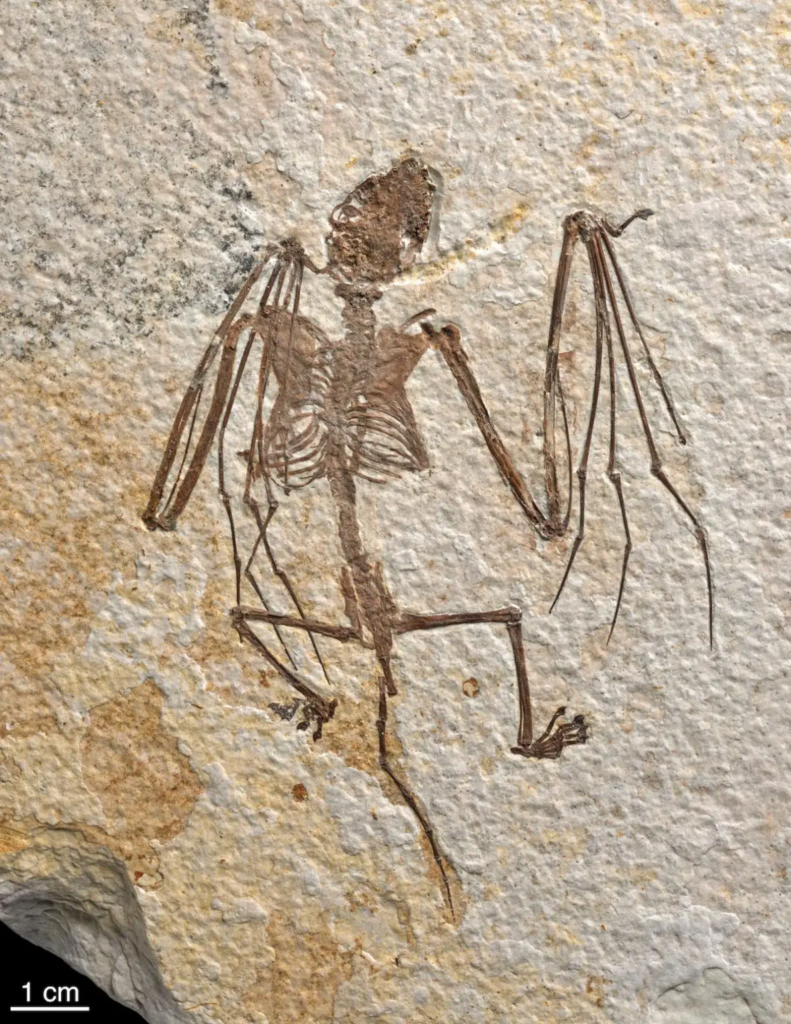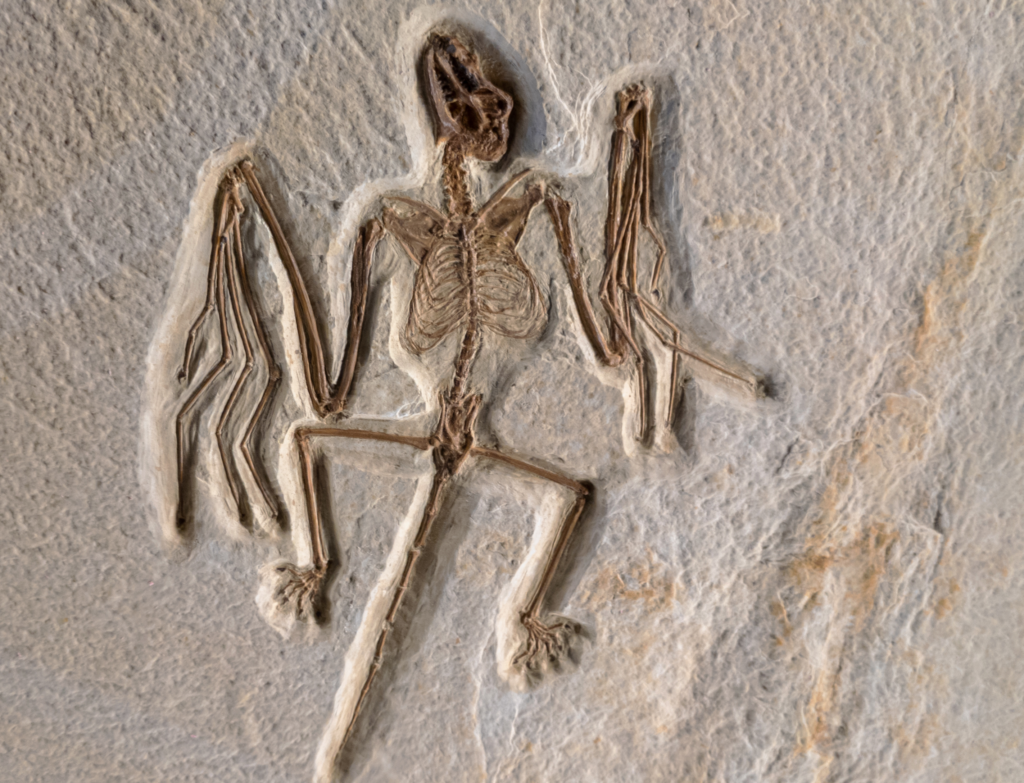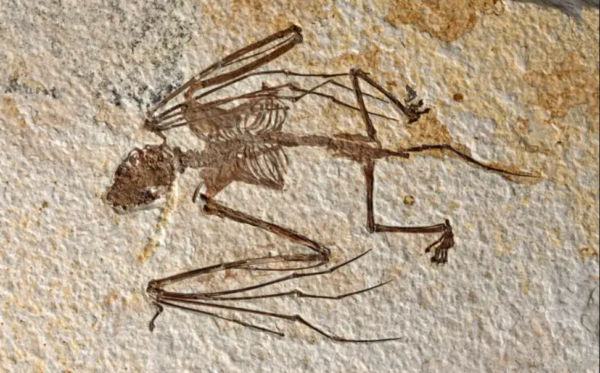Based on the earliest bat skeletons ever recovered in Wyoming’s Green River Formation, scientists have discovered a new bat species, Icaronycteris gunnelli. The study supports the notion that bats diversified swiftly on multiple continents approximately 52 million years ago and contributes to our knowledge of bat evolution’s beginnings.
Based on the earliest bat skeletons ever recovered, scientists have described a new bat species. The research on the extinct Wyoming bat, which lived approximately 52 million years ago, supports the notion that bats swiftly diversified on multiple continents during this time period.
The investigation, conducted by scientists from the American Museum of Natural History and the Naturalis Biodiversity Center in the Netherlands, was published today in the journal PLOS ONE.
Bats underwent rapid diversification on several continents throughout the Eocene, as evidenced by fossils found dating back 52 million years.
There are more than 1,460 species of extant bats, with the exception of the polar regions and a few remote islands, where they are found. In Wyoming’s Green River Formation, an extraordinary fossil deposit from the early Eocene, scientists have discovered over 30 bat fossils in the last 60 years, but they were previously believed to all represent the same two species.
Since the 1960s, Eocene bats have been identified in the Green River Formation. Until about 20 years ago, most specimens from that formation were identified as belonging to a single species, Icaronycteris index,” said study co-author Nancy Simmons, curator-in-charge of the Museum’s Department of Mammalogy, who helped describe the second species in 2008. “I have always suspected that there must be even more species there.”

Museum specimens have been used by Naturalis Biodiversity Center scientists to study the Icaronycteris index.
“Paleontologists have collected so many bats that have been identified as Icaronycteris index, and we wondered if there were actually multiple species among these specimens,” said Tim Rietbergen, an evolutionary biologist from Naturalis. Then, we discovered a new skeleton, which diverted our attention.

The exceptionally well-preserved skeleton was acquired by the Museum in 2017 from a private collector. When researchers compared the fossil to Rietbergen’s vast dataset, it was evidently a new species. A second fossil skeleton found in the same quarry in 1994 and housed in the Royal Ontario Museum’s collections was also identified as belonging to this new species.
These fossils were named Icaronycteris gunnelli in recognition of Gregg Gunnell, a paleontologist from Duke University who passed away in 2017 and made significant contributions to the comprehension of fossil bats and evolution.
Although fossil bat canines from Asia are marginally older, the two fossils of I. gunnelli are the oldest bat skeletons ever discovered.
“The Fossil Lake deposits of the Green River Formation are simply amazing because the conditions that created the paper-thin limestone layers also preserved nearly everything that settled at the lake’s bottom,” said Arvid Aase, park manager and curator at Wyoming’s Fossil Butte National Monument.
“One of these bat specimens was found lower in the section than all other bats, making this species older than any other bat species recovered from this deposit.”

Although the skeletons of I. gunnelli are the oldest bat fossils discovered at this site, they are not the most primordial, supporting the theory that Green River bats evolved independently from other Eocene bats around the globe.
Simmons stated, “This is a step forward in understanding the evolution and diversity of bats in their earliest days.”

